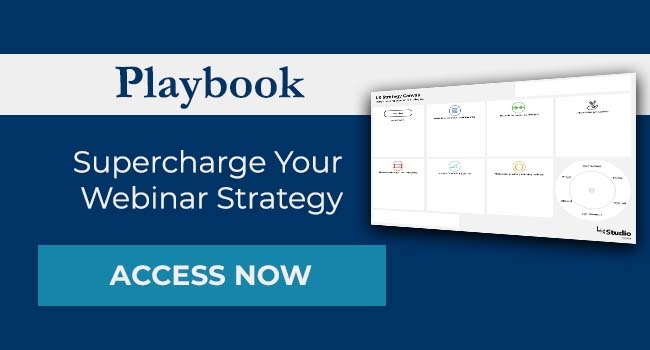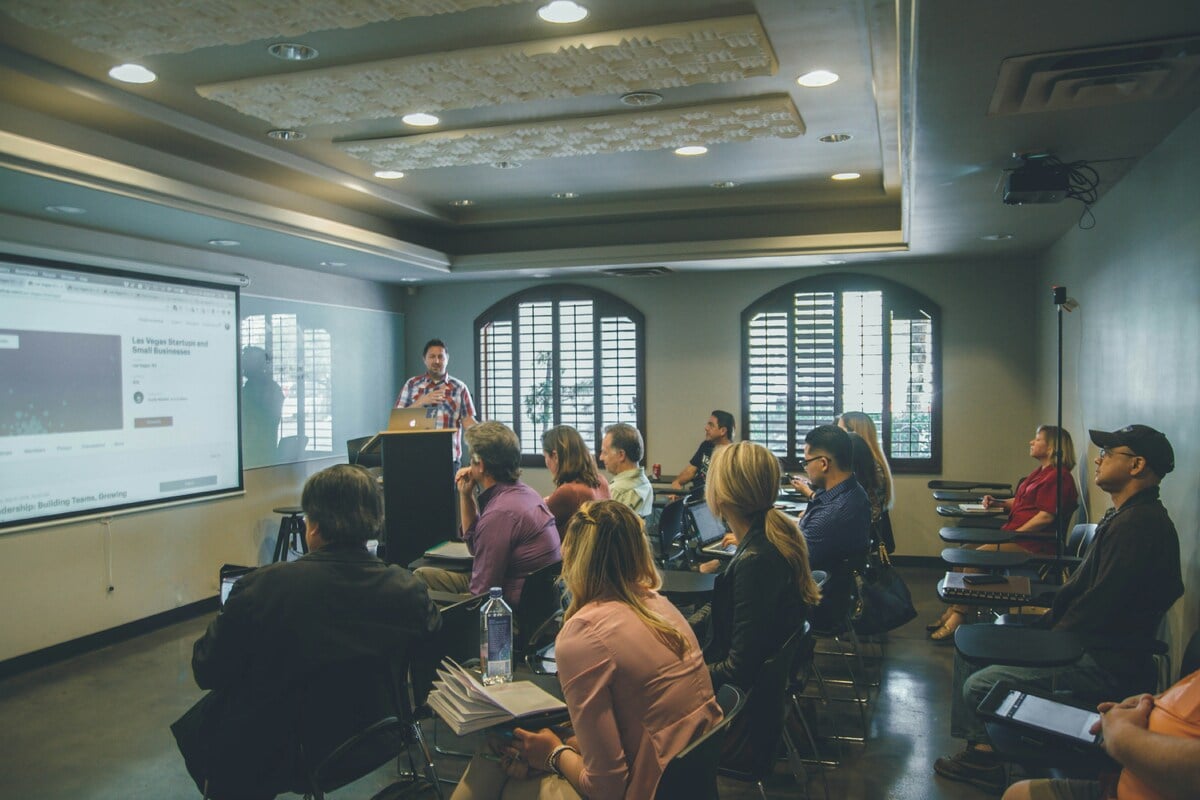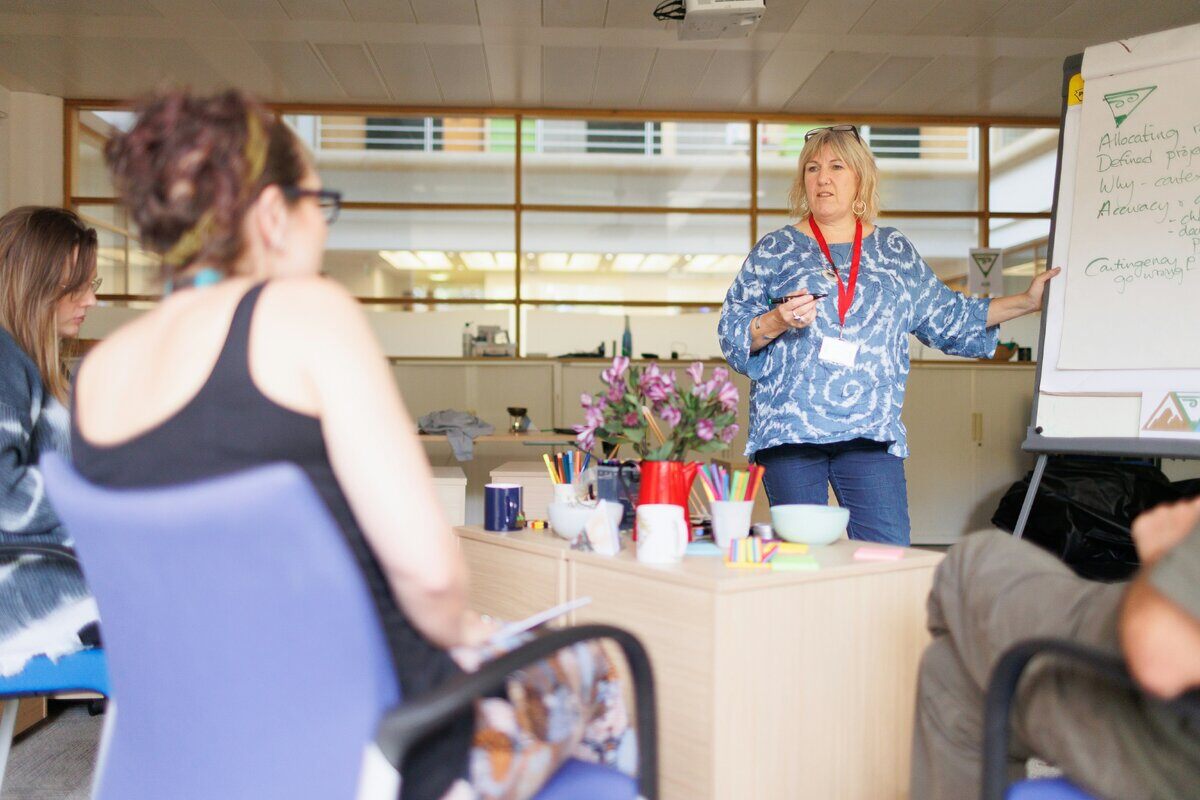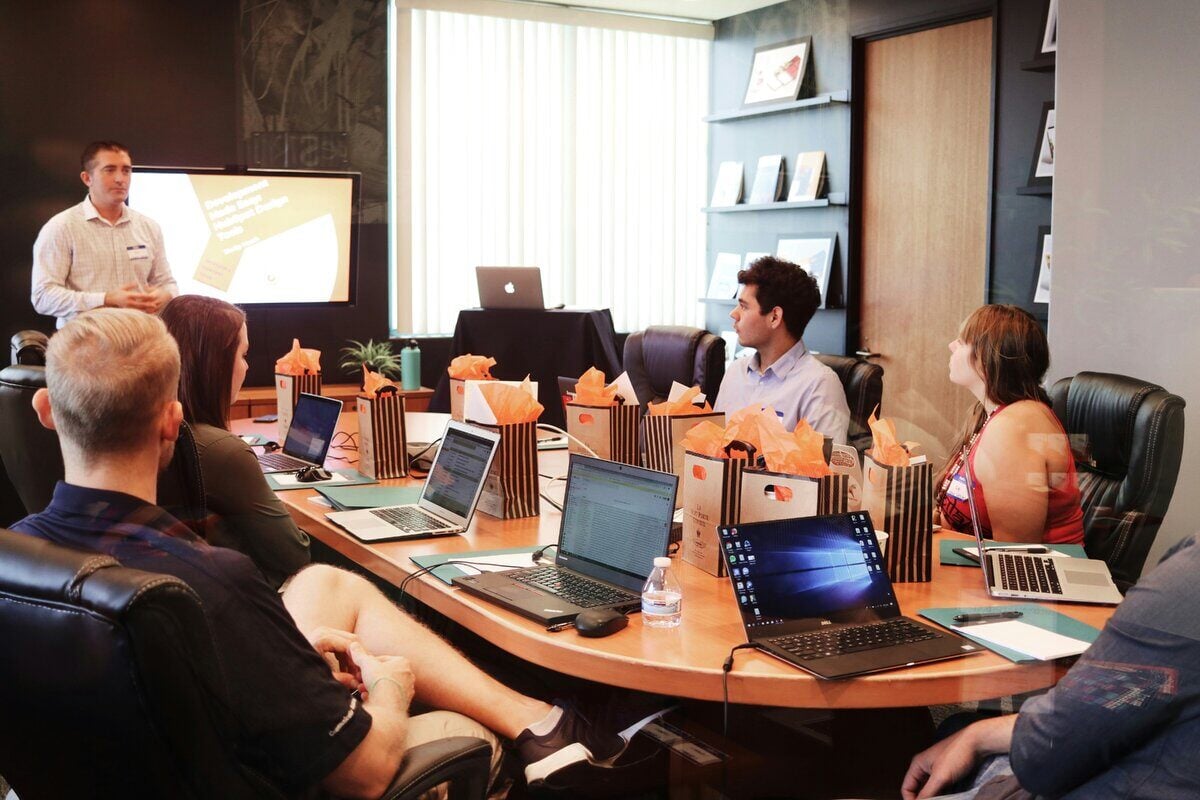-1.jpg)
From Curriculum To Capability: Turning Theoretical Knowledge Into Actionable Skills
If you had to make a list of some of the biggest challenges facing virtually every industry today, the skills gap would undoubtedly be right at the top.
According to one recent study, about 7 out of 10 employers in the United States say that they are currently unable to find suitable employees for open positions.
But interestingly, the situation in the US is actually slightly lower than the global average, which is 75%.
Skills gaps occur due to an unfortunately large list of reasons, and many of them are all happening at the same time.
Technological advancement is certainly one of them.
New technologies like artificial intelligence and machine learning develop rapidly, often outpacing an industry's ability to adapt and acquire the necessary skills to move forward.
It may be a situation that some of the jobs that employers are having a hard time filling literally didn't exist as recently as five years ago.
Changing industry standards is also a big one.
Evolving industry regulations and best practices, especially in a global leader like the United States, can quickly make existing skills obsolete.
It could also require new skill sets that take longer to develop than it will take to fill an available position today.
But for as bad as the problem currently is, believe it or not, things are only going to get worse before they get better.
Another study indicated that about 60% of the global workforce will literally require retraining or upskilling by the end of the year.
Not only that, but more than half of the workers themselves admit that they need to learn new skills within the next year or they may face dire consequences.
When it's not just a matter of an employer having oversized expectations - when the workers themselves acknowledge that there is a serious situation that needs to be dealt with - you know you're in trouble.
This segues into what is perhaps the biggest reason that the current skills gap exists: inadequate training and education across the board.
Many businesses simply don't have the resources - or don't believe they do - for ongoing training and development programs.
This, coupled with inherent shortcomings in the education system, leave many people simply unprepared for what the modern fast-paced environment is about to demand of them.
Oftentimes, higher education institutions will leave workers with a lot of theoretical knowledge and little else because they're designing a broad curriculum that is intended to appeal to the largest possible audience.
To oversimplify things, it's a bit like being able to talk about what you're supposed to be doing as opposed to being able to actually do it.
Thankfully, all hope is not lost, and there is a way to go from curriculum to capability to offset some of the potential losses that the skills gap will bring with it.
Turning theoretical knowledge into actionable skills is a more straightforward process than you might think, but it will require you to keep a few essential things in mind.
The Challenge Of Learning Transfer
It's important to call the disconnect between what people learn and what they can actually do with that learning what it is: a learning transfer problem.
It's far more common than both educators and learning experience designers are likely to admit.
But why does it happen?
Typically, it's because learning environments are too far removed from performance environments.
The pressures, complexity, and context of the "real world" aren’t replicated in traditional training formats.
Closing that gap requires intentional design that prioritizes not just information delivery, but application and retention.
Why Theory Alone Isn’t Enough
There’s no doubt that theory is important.
Understanding models, frameworks, and principles gives learners a foundation to build on.
But knowing about something isn’t the same as knowing how to do it.
Take leadership training as an example - you can memorize every model of leadership, but that doesn't automatically mean you can navigate a conflict between two team members or give effective feedback.
Without meaningful practice, even the best theories remain abstract and disconnected from action.
The Risk Of “Content-Heavy” Learning
It’s tempting to equate more content with more value - if you just force people to take 10 classes instead of five, you'll be able to solve all your problems.
After all, learners are here to learn - why not give them everything they might need?
But here's the problem with that approach - when training is packed with dense slides, long lectures, or endless reading material, cognitive overload sets in.
Learners disengage.
Retention drops.
More importantly, when learners are bombarded with information but given no time or structure to apply it, they don't get the chance to internalize or test their understanding.
Designing With Application In Mind
To support learning transfer, we have to start with the end result in mind.
That means designing every element of the learning experience around how learners will use the knowledge or skill in the real world.
It’s not just about what they need to know, but what they need to do - and under what circumstances.
Use Cases For Real-World Learning
One of the simplest ways to make learning more applicable is to anchor it in real-world use cases. In other words, don't teach people a generic scenario - teach them within the context of a situation they're likely to face while on the job every day.
For instance, instead of teaching abstract negotiation principles to someone who you're trying to prepare to take a C-suite position in a business, show learners how to navigate a contract renegotiation with a particularly difficult vendor.
From Objectives to Capabilities
Whenever you design any type of curriculum, you should always be asking yourself, "what should learners be able to DO in the real world after this training?"
Then, design learning activities that build those capabilities through progressive challenges, practice, and reflection.
Capabilities are actionable, measurable, and grounded in real work outcomes, after all. This type of mentality is exactly what supports proper learning transfer.
Examples Of Effective Translation
There are many different types of examples of effective translation that you can draw from.
There are two in particular that you will likely be able to apply to your own organization in the short term.
Scenario-Based Learning
Scenario-based learning places learners inside a realistic situation and asks them to respond, decide, or problem-solve.
It’s a powerful approach because it blends context with consequence - learners aren’t just learning what to do, but when and why.
Again, rather than teaching someone a generalized lesson, you're taking the same information and are laying it over top of the types of scenarios they're likely to encounter day-to-day.
It's going beyond theoretical knowledge in a way that resonates with people.
Scenarios can be as simple as a text-based case study or as complex as a branching digital narrative with multiple outcomes.
What matters is that they reflect the challenges learners face.
For instance, a scenario for a customer service rep might involve de-escalating an angry client, while a leadership scenario could involve navigating ethical dilemmas.
These scenarios help learners apply knowledge, test judgment, and prepare for real-world uncertainty - all within a safe environment where learners are still free to experiment and fail as they develop.
Simulation And Role Play
Simulations and role-play situations take immersion one step further.
They allow learners to experience dynamic, interactive environments where they must act, react, and reflect.
These can be digital (such as flight simulators or virtual labs) or in-person (like a role-play between a manager and employee).
The beauty of simulations is that they mimic complexity.
Learners must make decisions under pressure, adapt to changing variables, and see the outcomes of their actions.
Role-play scenarios also allow learners to practice soft skills like communication, persuasion, and empathy - skills that are hard to teach through static content alone.
Making Skills Stick
The final piece of the puzzle is helping learners retain and refine what they’ve learned over time.
Learning doesn’t stop when the course ends.
Without reinforcement, skills fade.
Without practice, habits never form.
Feedback And Reinforcement
Feedback is essential for growth.
It helps learners correct mistakes, confirm understanding, and stay motivated.
In learning design, this means building in opportunities for learners to get real-time feedback, whether from instructors, peers, or systems.
Reinforcement strategies also play a key role.
This might include spaced repetition, quizzes over time, performance support tools, or brief refresher modules.
Ongoing Development Beyond The Course
Finally, effective learning transfer requires a culture of continuous development.
Training shouldn’t be a one-time event - it should be a launchpad.
It's not something you "do once and forget about" - in a lot of ways, that's the opposite of what is supposed to happen.
Learners need opportunities to keep building on their skills through coaching, mentorship, stretch assignments, and on-demand resources.
Organizations can support this by creating learning ecosystems: think curated content libraries, internal communities of practice, or even regular discussion groups.
In the end, keep in mind that the skills gap is about more than just people having a hard time finding a job or employers having a hard time filling an available position.
The worldwide skills gap is expected to be the main cause of a significant "loss of economic output and productivity" by the end of the year.
In fact, according to McKinsey Global Institute, there will be a $2.5 trillion loss if this skills gap isn't addressed. Other sources put that number much higher.
But it is possible to overcome these issues with the right approach - one that begins with an acknowledgment of the inherent challenge of learning transfer.
Theory is great, but theory alone isn't enough.
You can't combat that with content-heavy learning, or you expose workers to overload and other potential issues.
Instead, you need education to be designed with application in mind.
It can't be a process of "first you learn, then you develop skills."
They're two sides of the same coin.
Real-world learning helps take people from theoretical objectives to tangible capabilities in a way that prepares them for the types of challenges they're likely to face while on the job.
Scenario-based learning.
Simulations and role-play.
These are how you help the modern worker rise to the challenge that will be expected of them, making skills stick along the way.
At LX Studio, we do this through curriculum design that emphasizes custom learning solutions.
Our goal is to help your learners level up through evidence-based learning solutions that not only prepare new workers for their careers, but that can also be used for deskilling, upskilling, and generally improving performance as well.
Since our inception, we've believed that learning is the catalyst for a better world.
It will not only help us address the pressing issue of the skills gap, but also create a situation where that workforce is then free to achieve peak productivity moving forward.
Remember that about 64% of learning and development professionals say that deskilling the current workforce to fill skills gaps is a priority right now.
When the bandwidth from that request is finally freed up, imagine the types of things we can all accomplish together.
If you'd like to find out more information about how to turn theoretical knowledge into actionable skills, or if you have any additional questions about going from curriculum to capability that you'd like to discuss with a team of experts in a bit more detail, please don't hesitate to contact the LX Studio team today.






